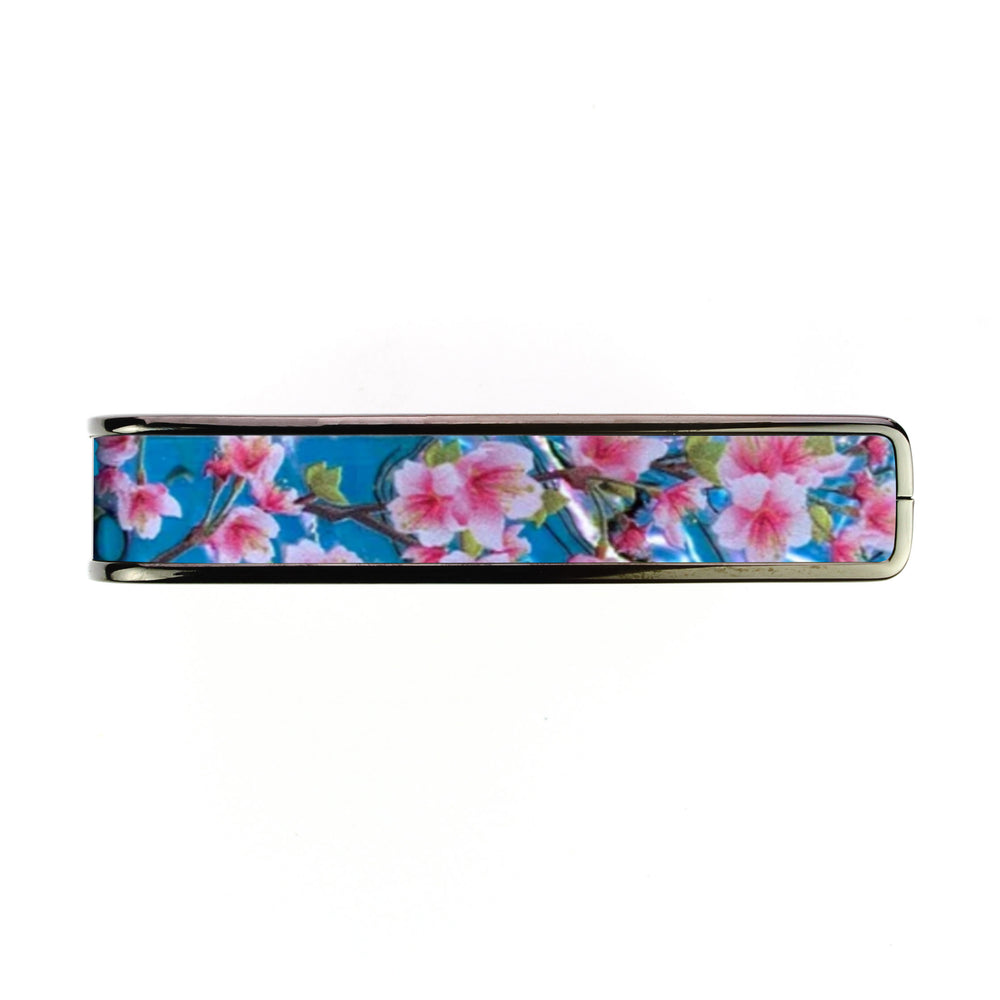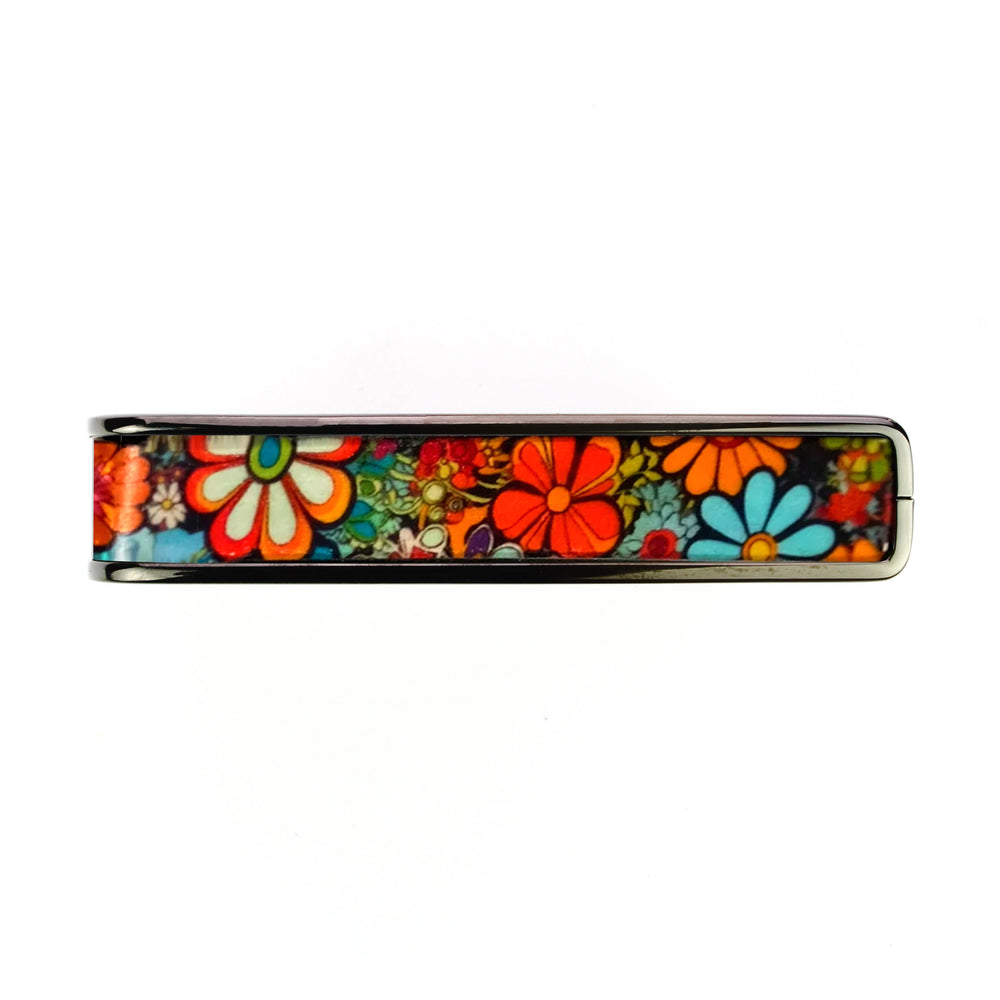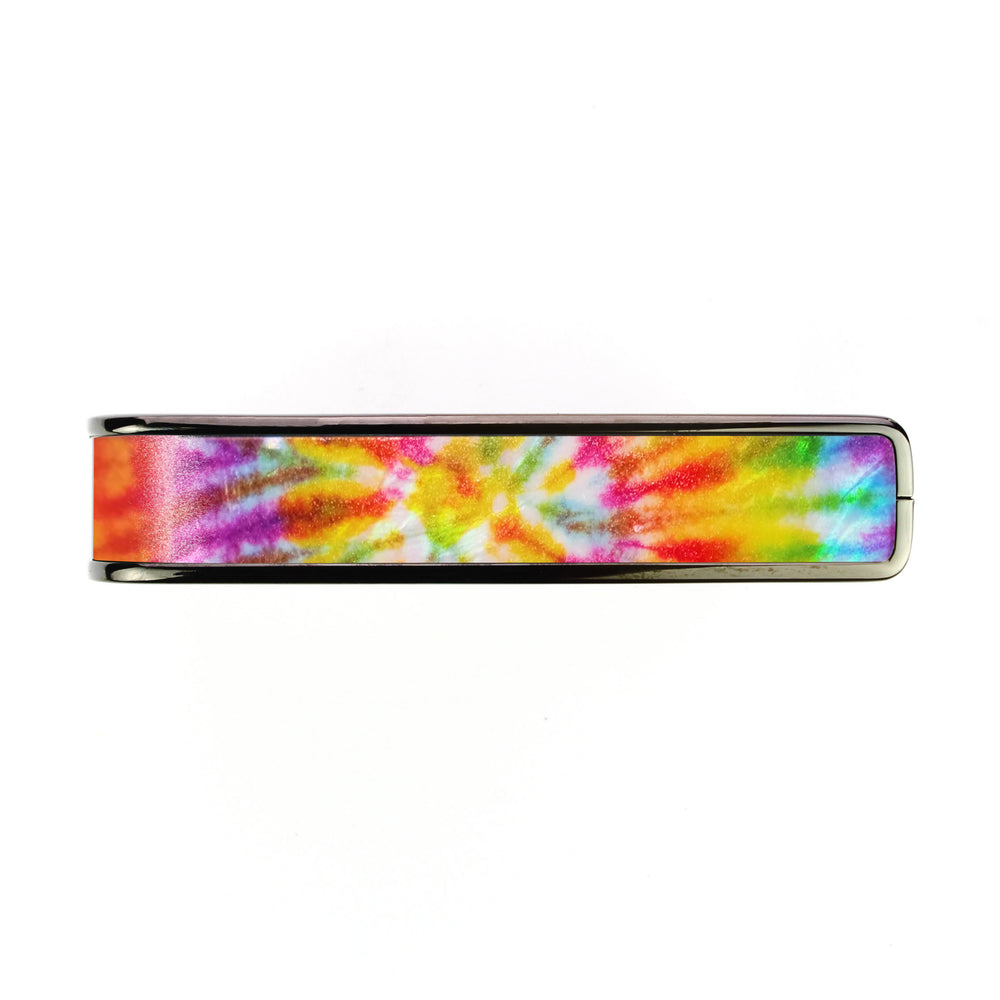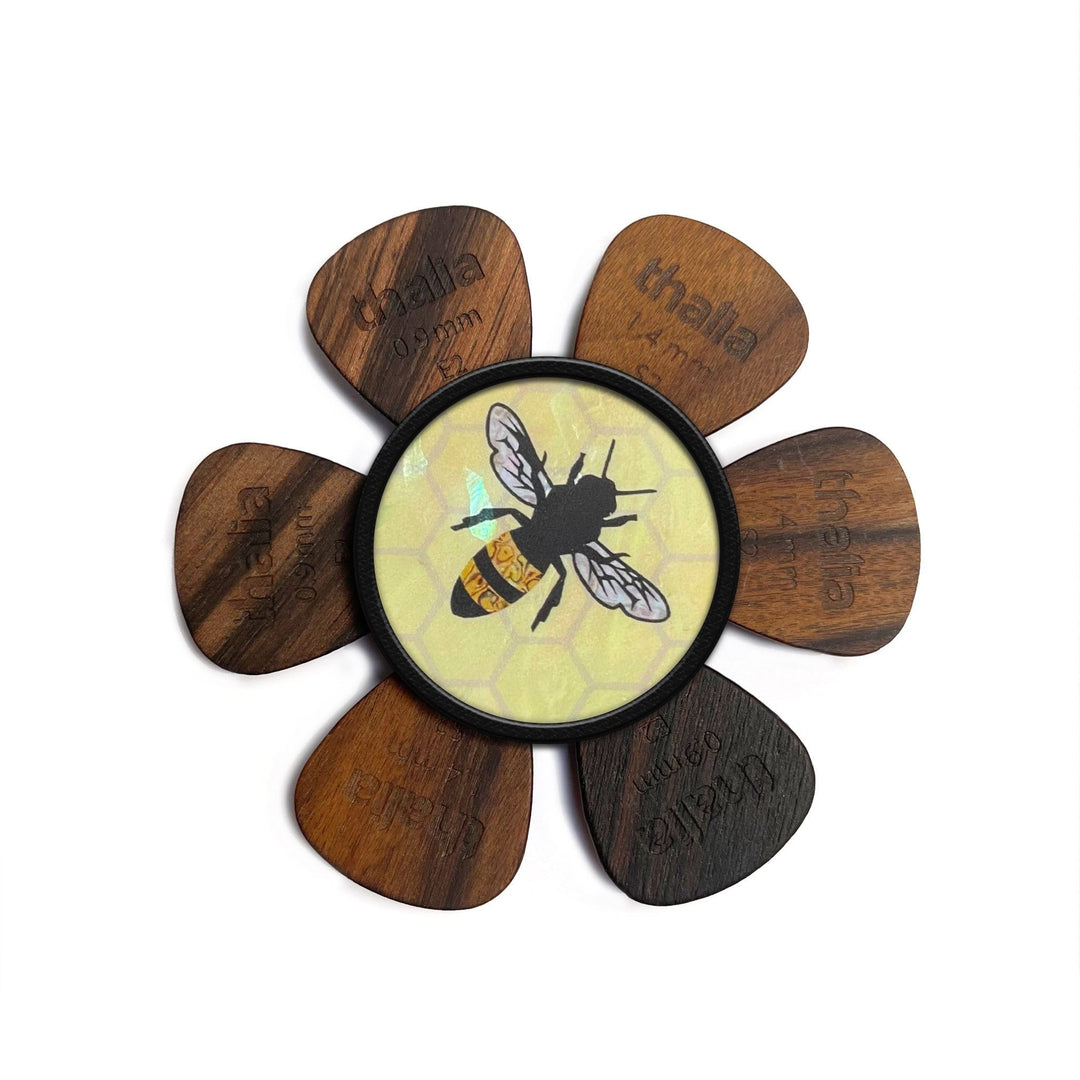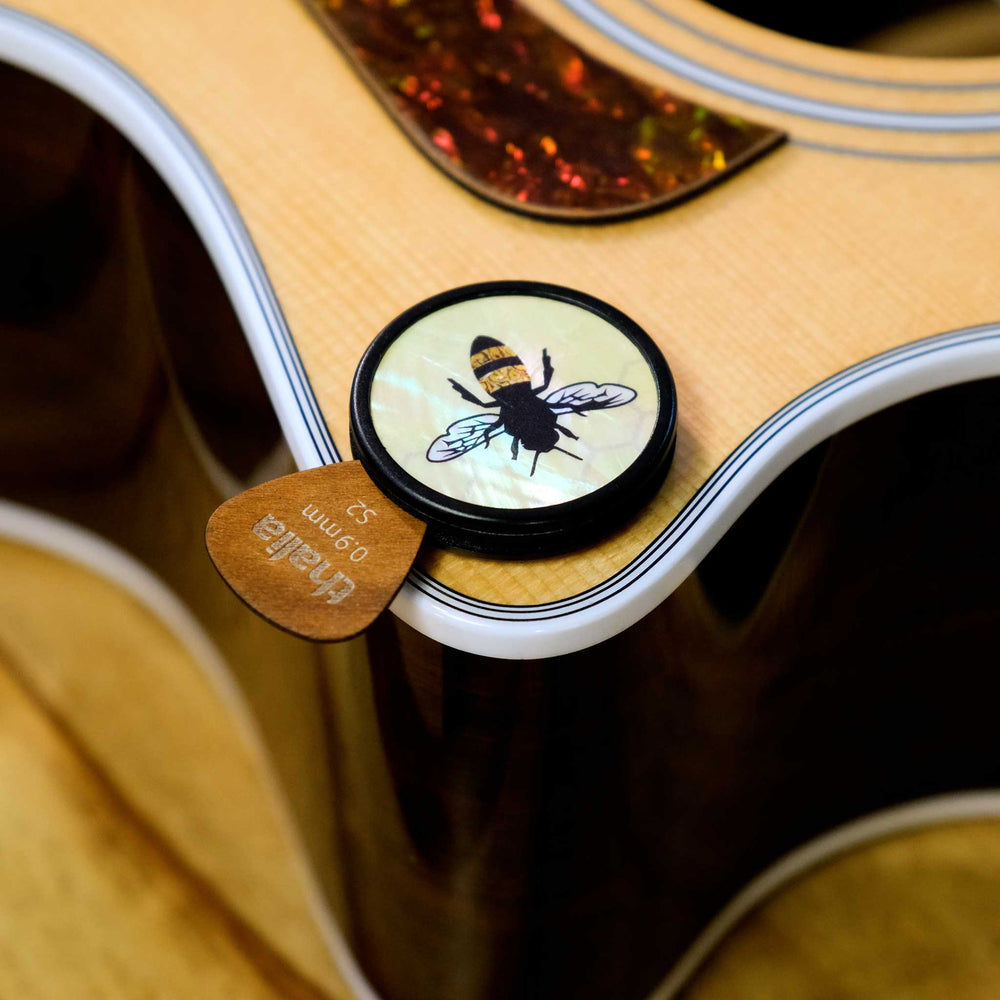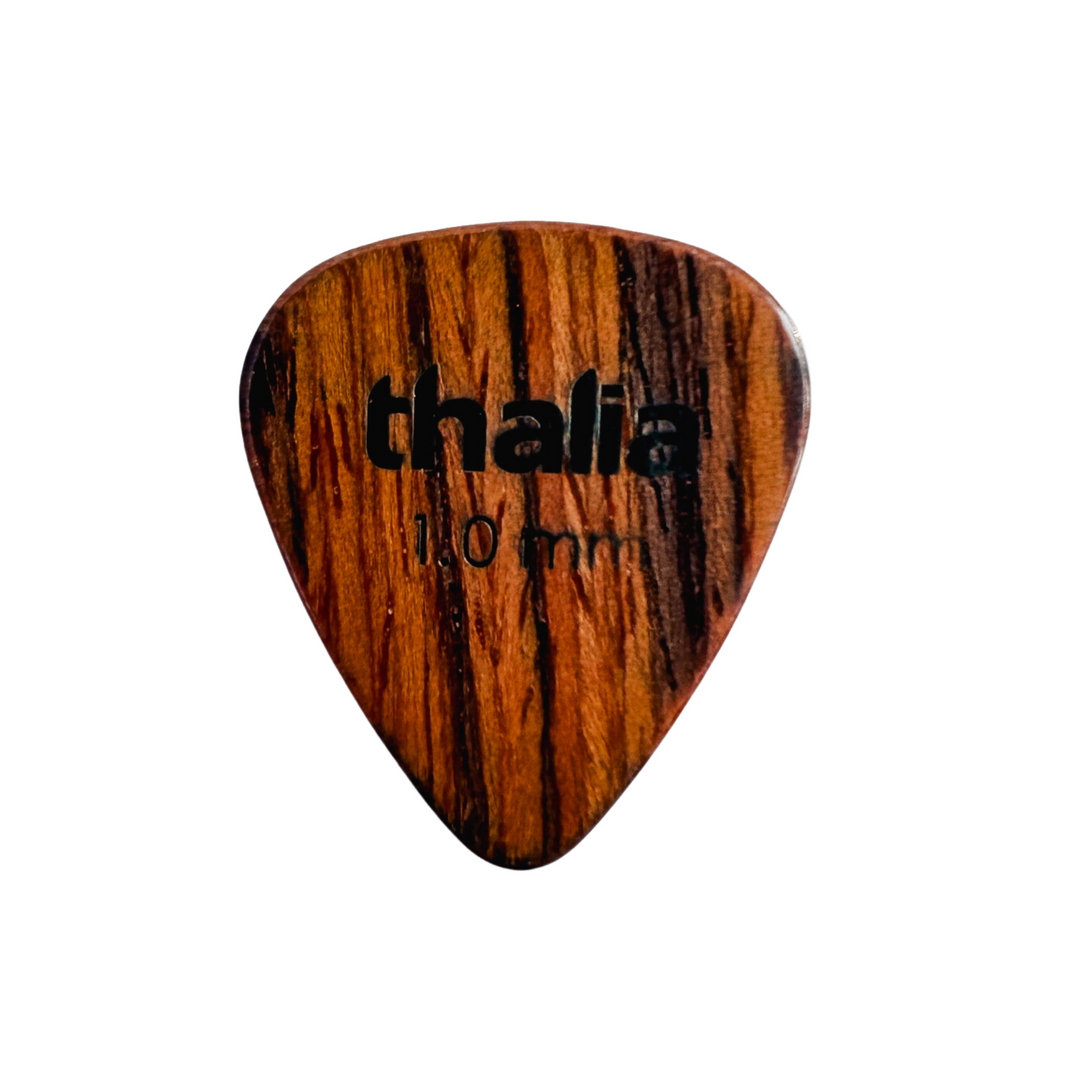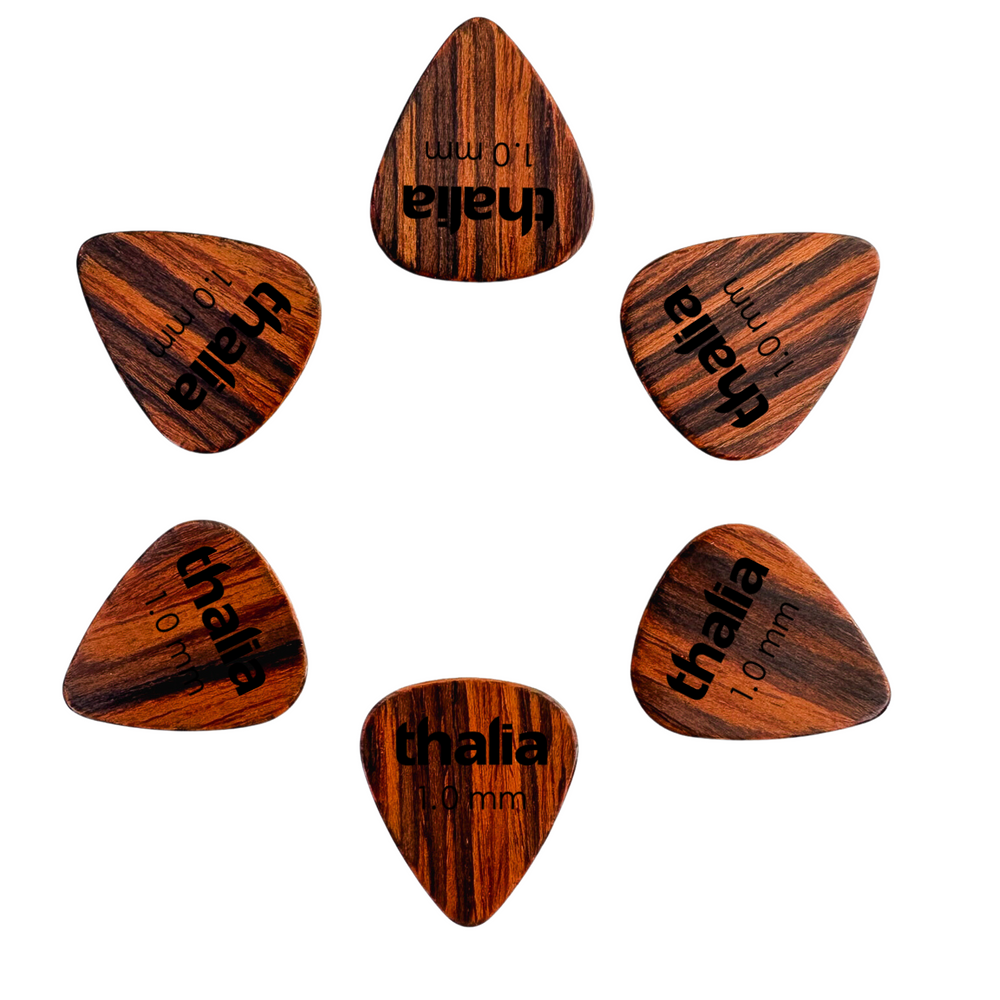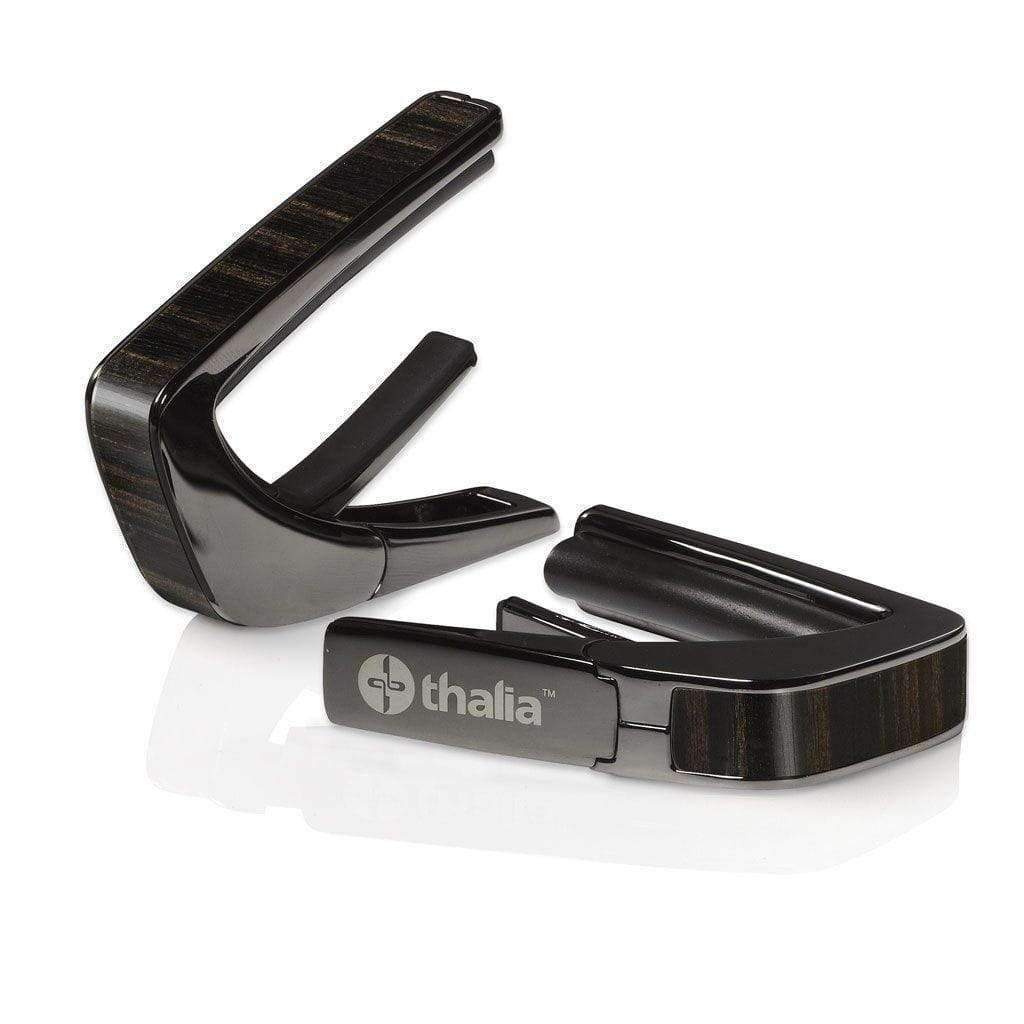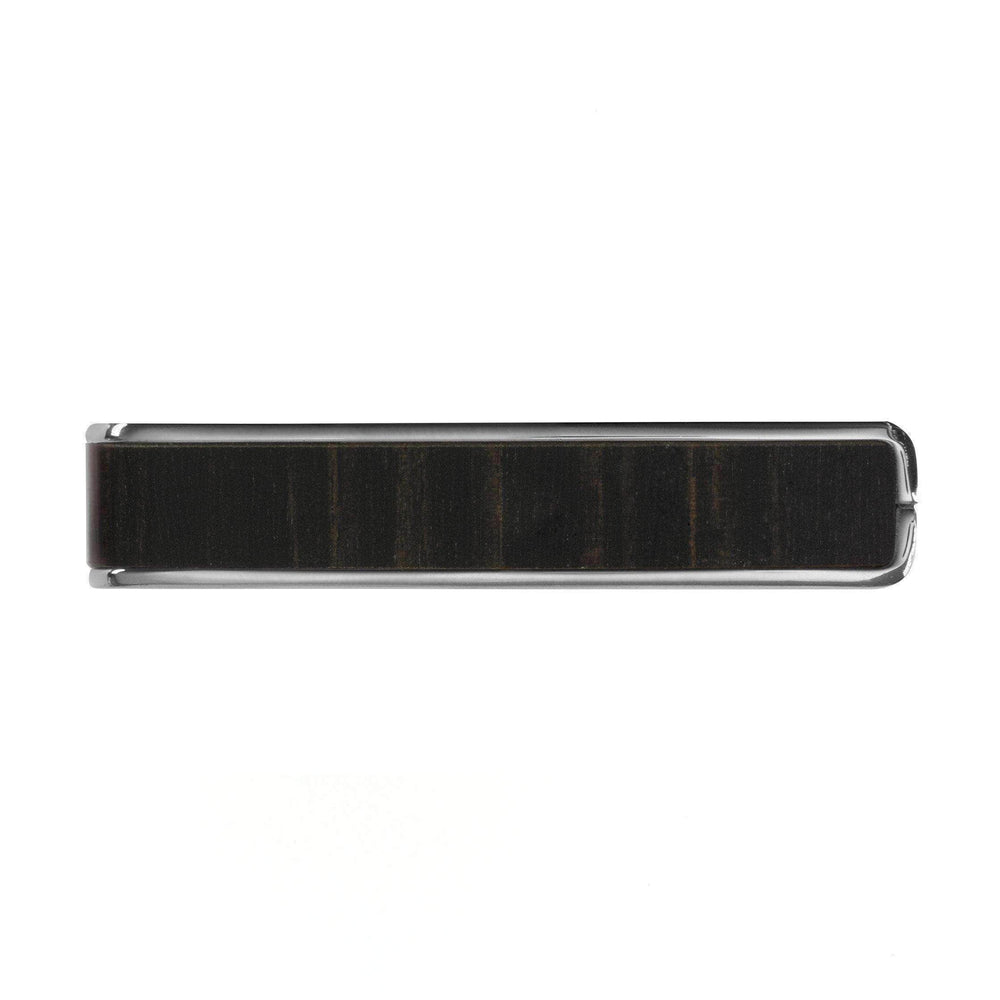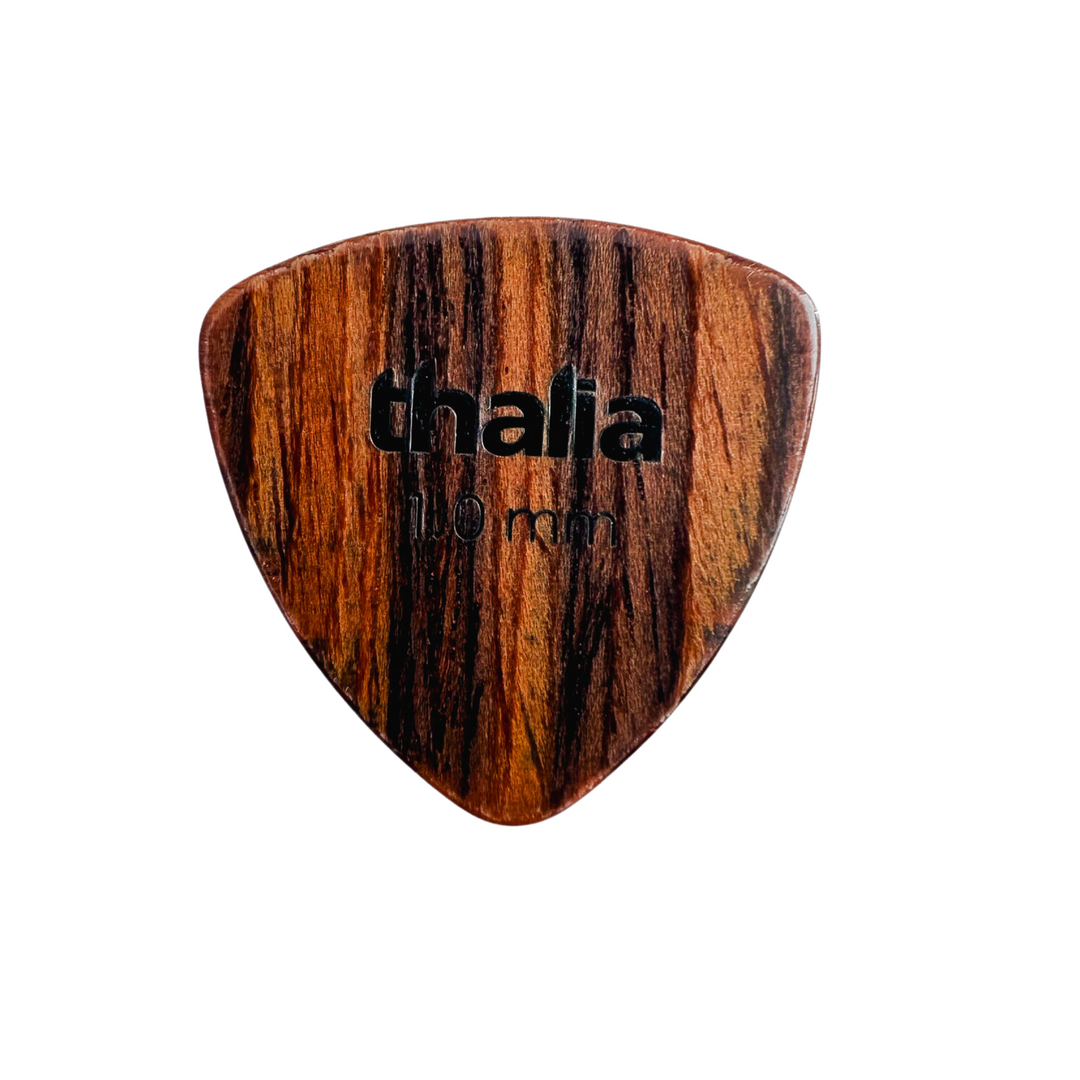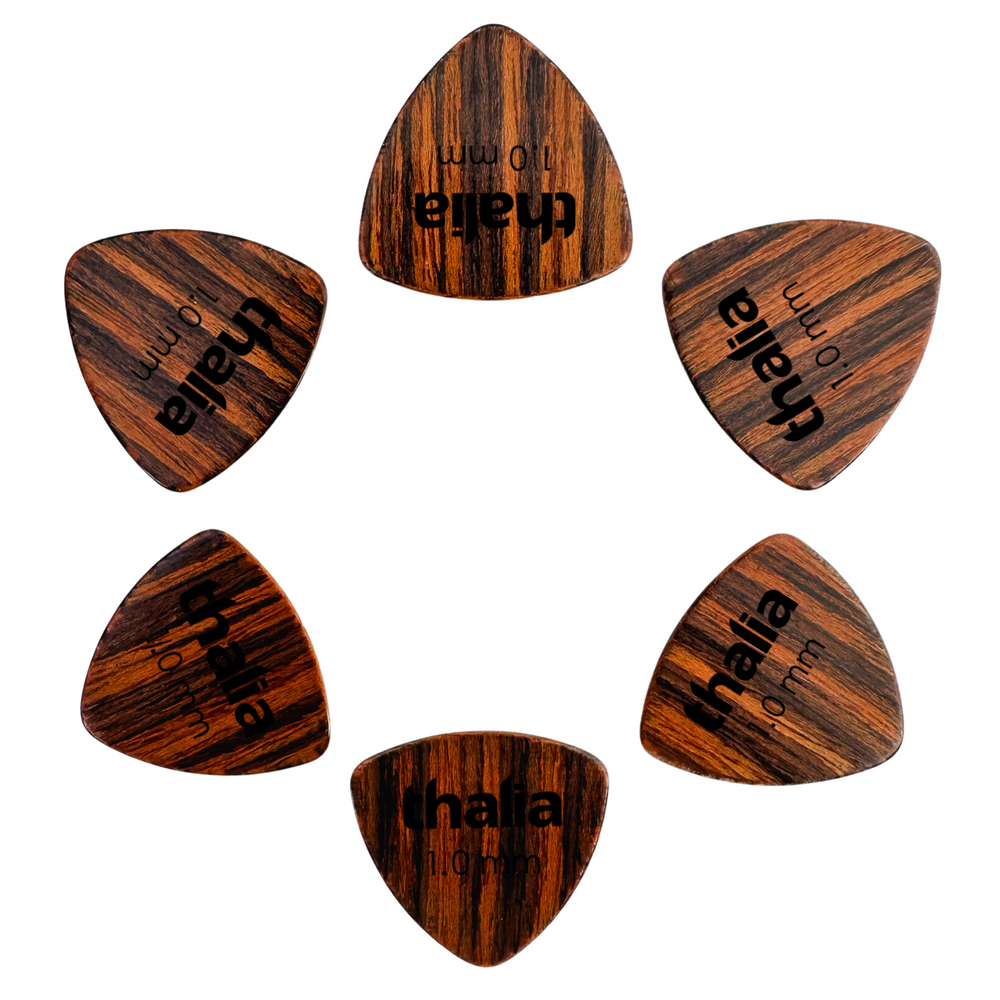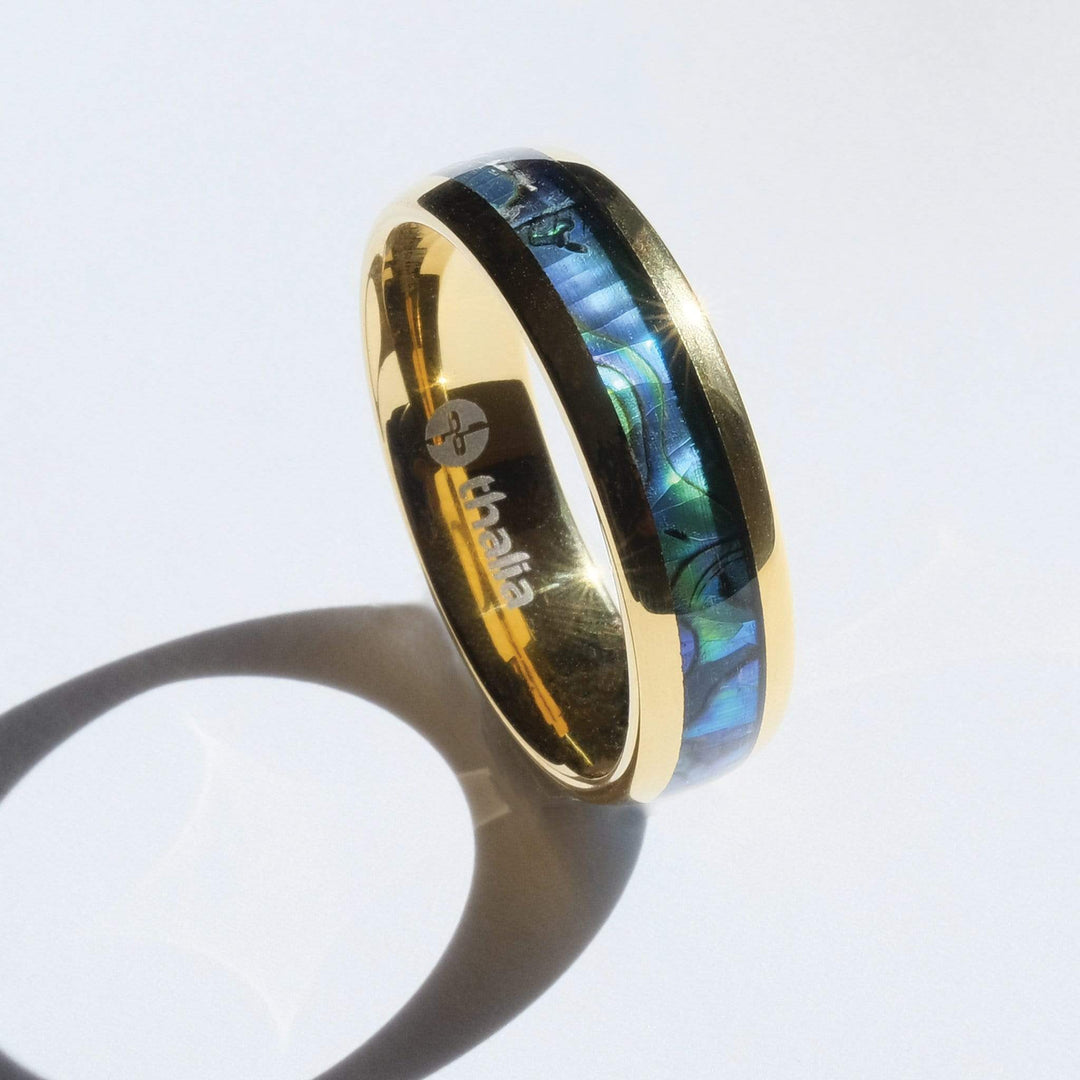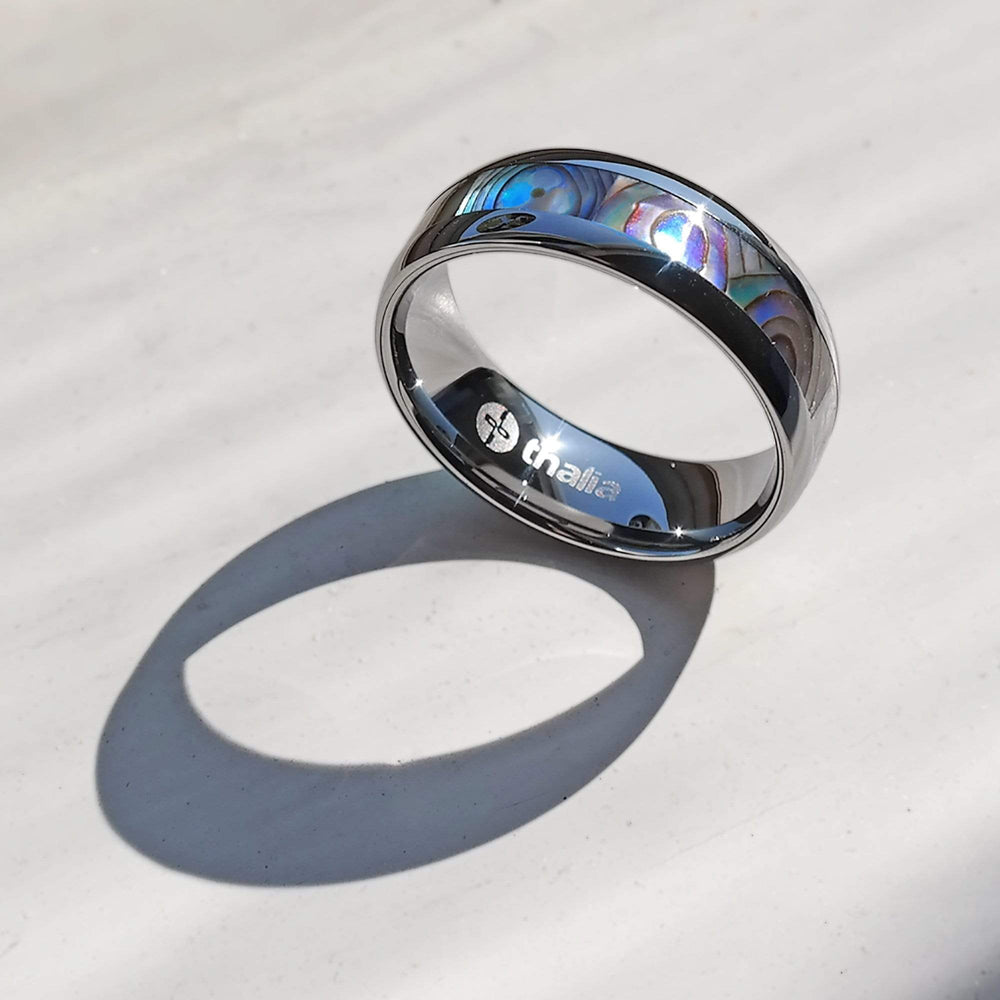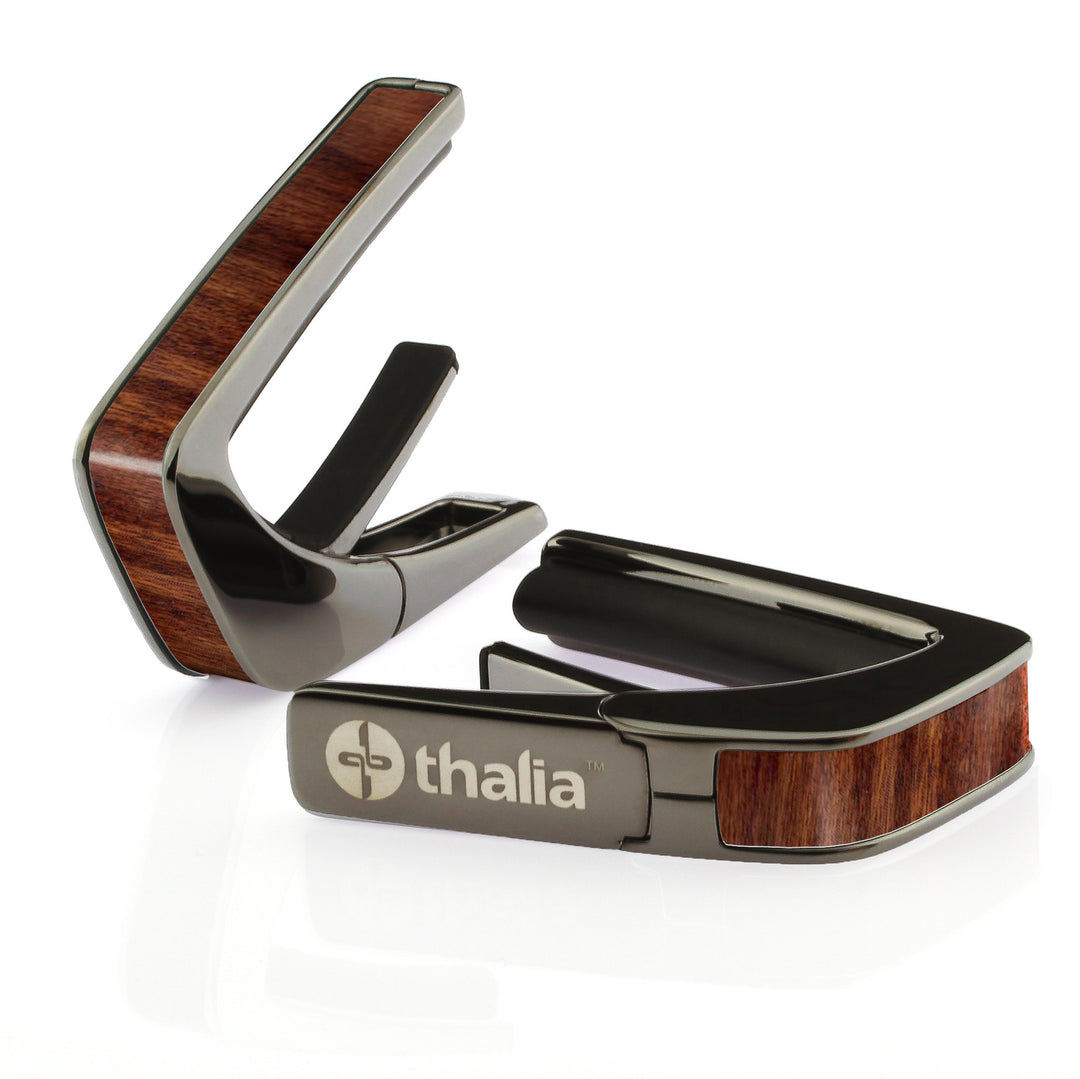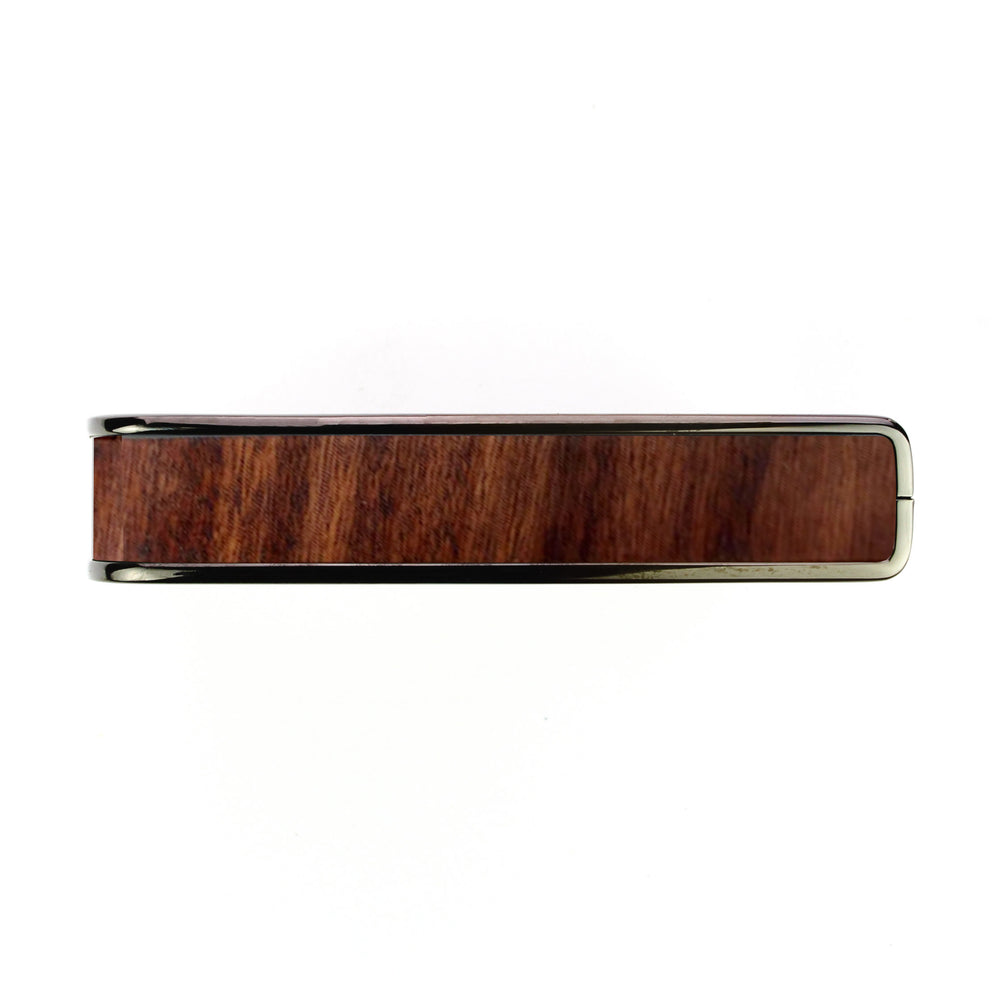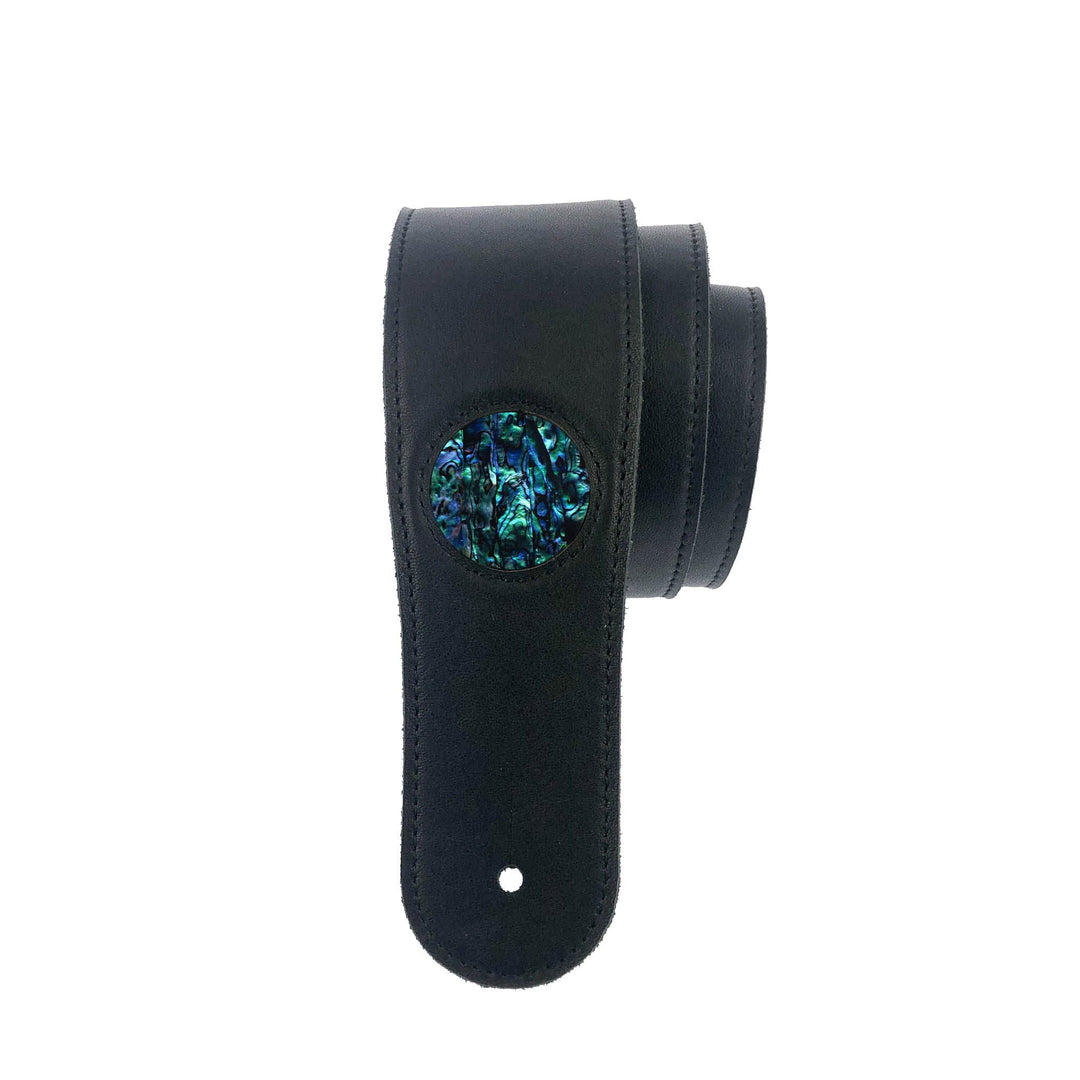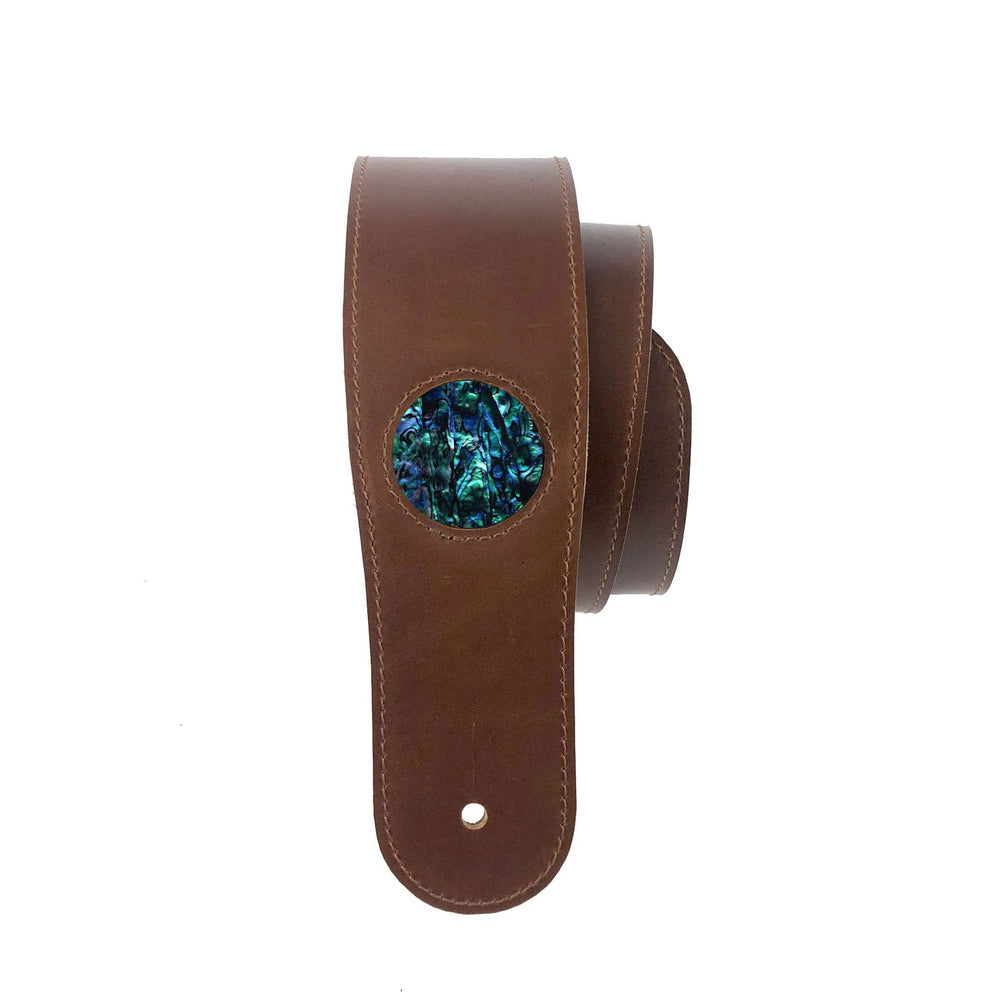Three Ways Martin Revolutionized Acoustic Guitar
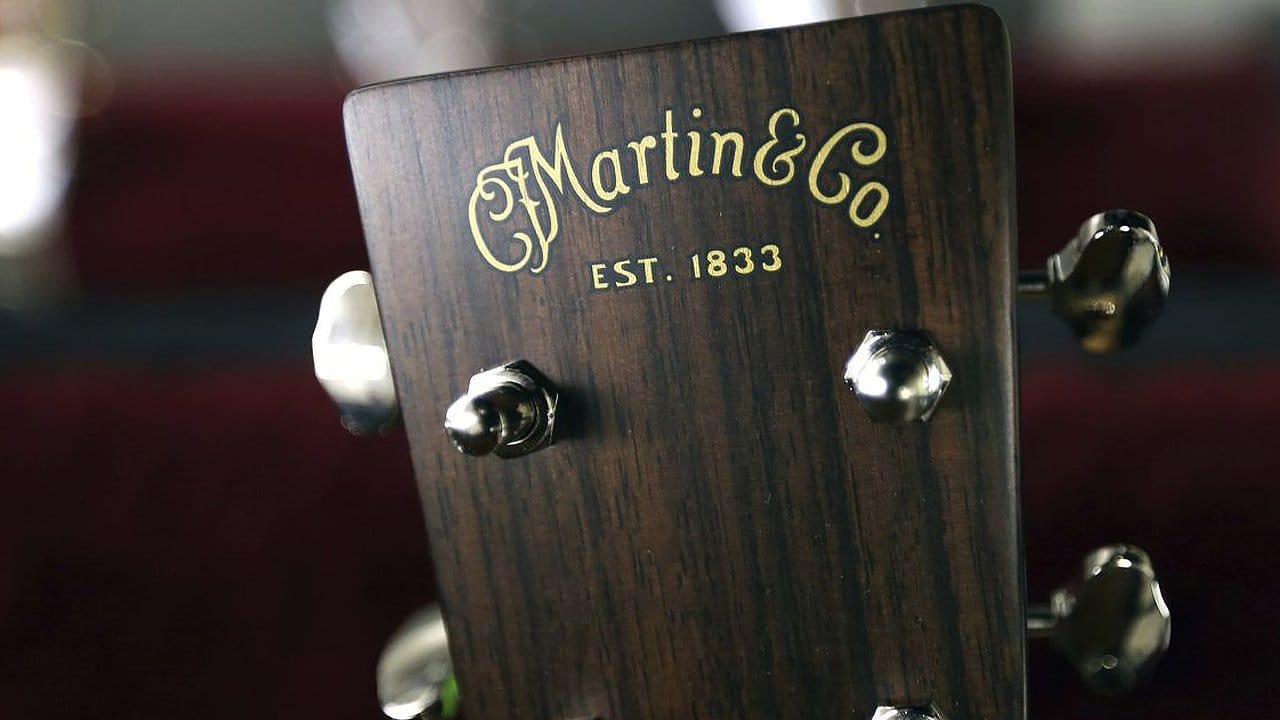
When you think acoustic guitar, C.F. Martin & Company probably comes to mind.
Martin is an acoustic institution. Their instruments are the stuff of legend, and everyone from Johnny Cash to Kurt Cobain has used a Martin guitar at one time or another.
More than that, though, Martin pioneered several guitar innovations that changed the way we think about the instrument.
In today’s article, we’re looking at three of them. Let’s jump in.
They popularized the X-Brace
The X-brace is one of the most important innovations in guitar-making history. And, we’ve C.F Martin to thank for its popularization.
 |
|
Martin X-Brace |
Traditionally, European guitar manufacturers utilized fan bracing on their acoustic models – the standard pattern on a classical guitar. But, in the 1840s, German immigrant guitar manufacturers in the U.S. started popularizing the X-bracing system.
And, as Guitar Player notes, it was in 1843 when Martin produced the guitar that propelled X-bracing into the mainstream:
“The use of X-bracing began in 1843 when C.F. Martin built an X-braced guitar for Madame Delores N. de Goni, one of the finest professional guitar soloists of her time, after entertaining her in his home. De Goni was a popular performer throughout the Americas between 1841 and 1892, and she considered Martin guitars “superior to any instruments of the kind” she had seen in the U.S. or Europe “for tone, workmanship, and facility of execution.” The guitar Martin built for her was the first documented guitar built with X-bracing, establishing a standard for the countless X-braced guitars that have followed.”
While some claimed that X-braced guitars sounded less delicate than their fan-braced counterparts, the majority were won over by the added volume that the new structure brought. More than that, it paved the way for the introduction of steel strings and a certain guitar model that would change the industry. Speaking of which…
They created the Dreadnought

We previously talked about this in our “know your acoustic series” a while back (LINK). But, the introduction of the Dreadnought-style acoustic was such a seismic shift in acoustic guitar production that it bears repeating here.
Martin originally produced the Dreadnought – named after the British battleship of the same name – for the Oliver Ditson company back in 1916. However, the instrument didn’t take off and Martin retired the design almost as soon as they originated it.
The company knew they had something though, and didn’t give up on it entirely. Fast-forward to 1931 and Martin introduced a revised Dreadnought – this time under their own name.
It was great timing thanks to the ascent in popularity of bluegrass music. Up against the brash, loud tones of the banjo and the high-end dominating mandolin, guitarists in bluegrass ensembles struggled to be heard. But, unlike the parlor guitars of the era (which were quite literally designed to be played in the parlor), the large Dreadnought, with its tight sound and strong high-and-mid-range, had the heft to cut through the mix.
Needless to say, it was a hit, and remains an acoustic guitar mainstay to this day.
They gave us the 14-fret neck
The 14-fret acoustic guitar neck is a standard these days, but that wasn’t always the case.
In the 1920s, guitar necks were typically 12-frets, a convention of European classical guitars.
Martin, however, bucked the trend, repositioning the neck joint on their 0 and 000 models and making room for an additional two frets. Their motivation was to capture the burgeoning market of banjo players transitioning to the guitar who were used to the extra neck room. They also narrowed the neck to appeal to these banjo players, and eventually lengthened the neck from a 24.9" scale to a 25.4” scale.
It was a huge success, establishing a new standard and changing the way we play acoustic guitar.
What’s your favorite Martin acoustic guitar model? And who is your favorite Martin player? As always, share your stories in the comments.



